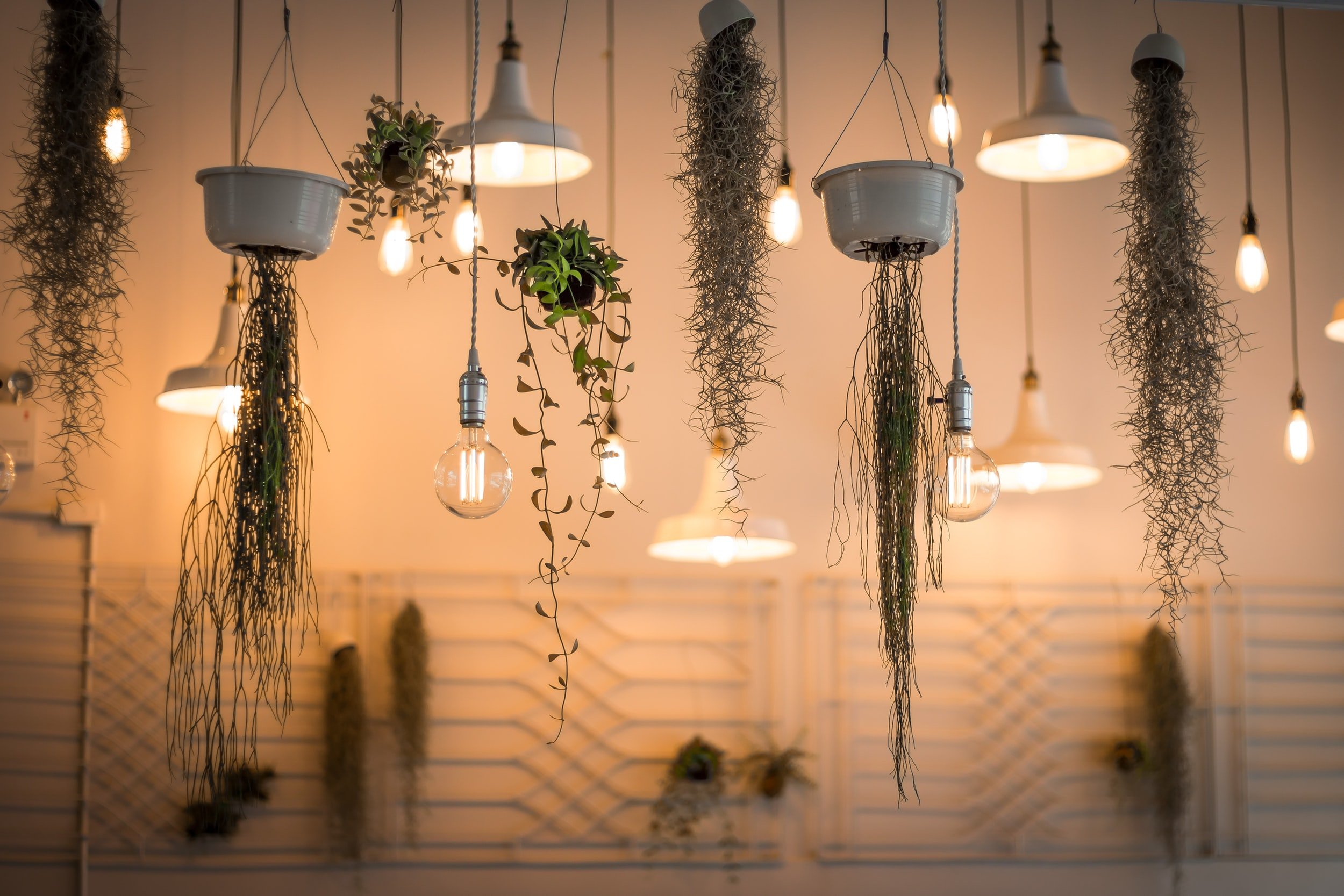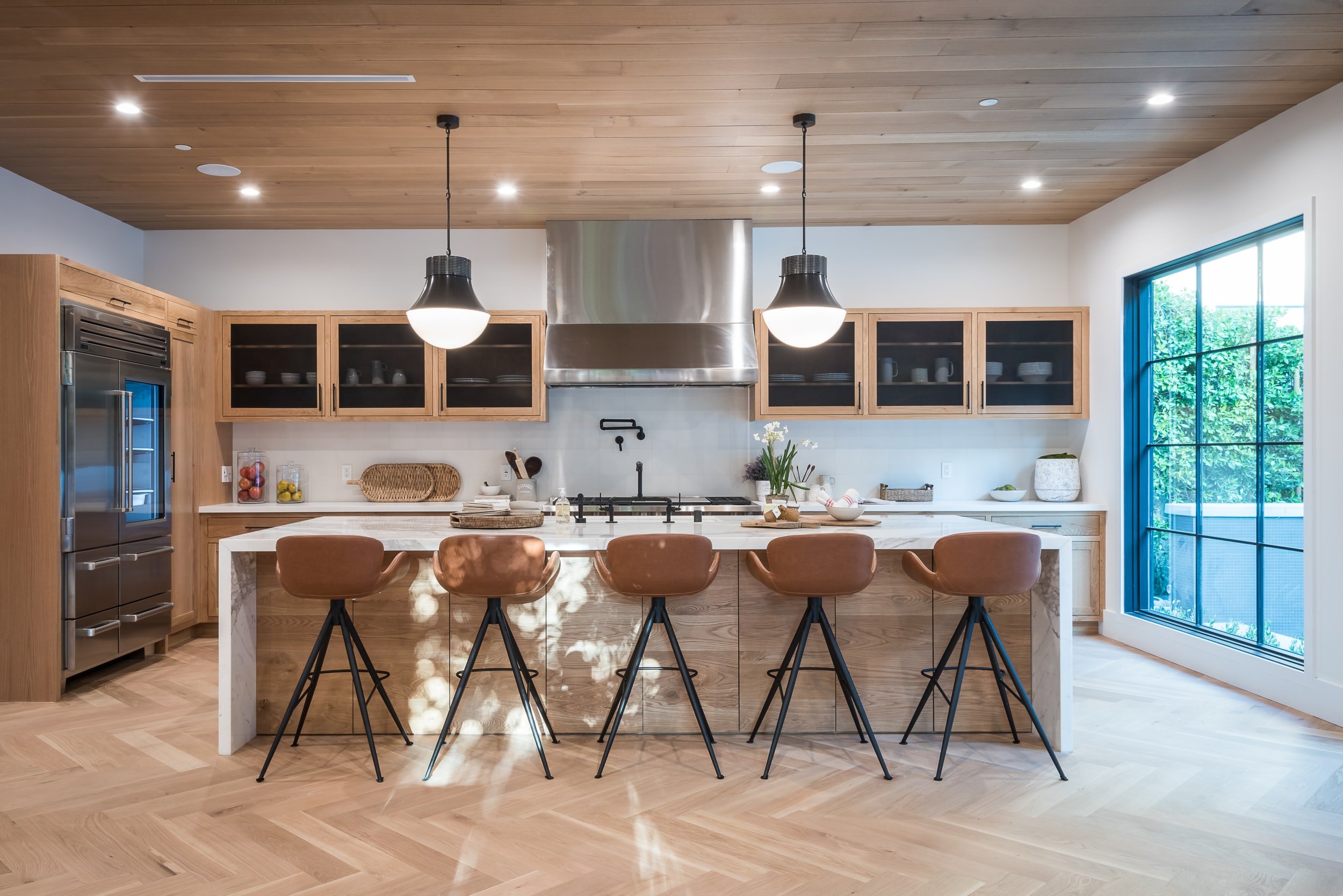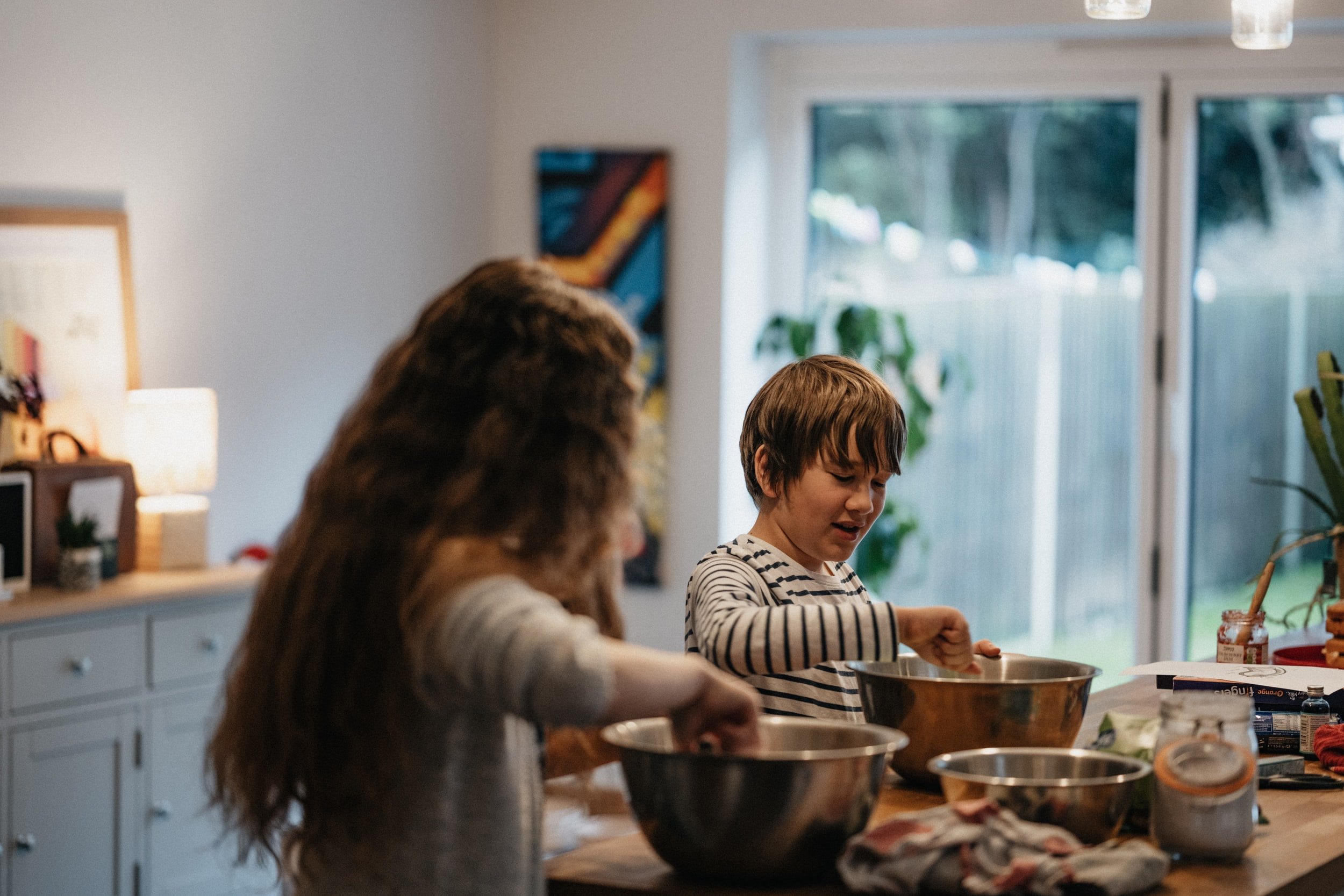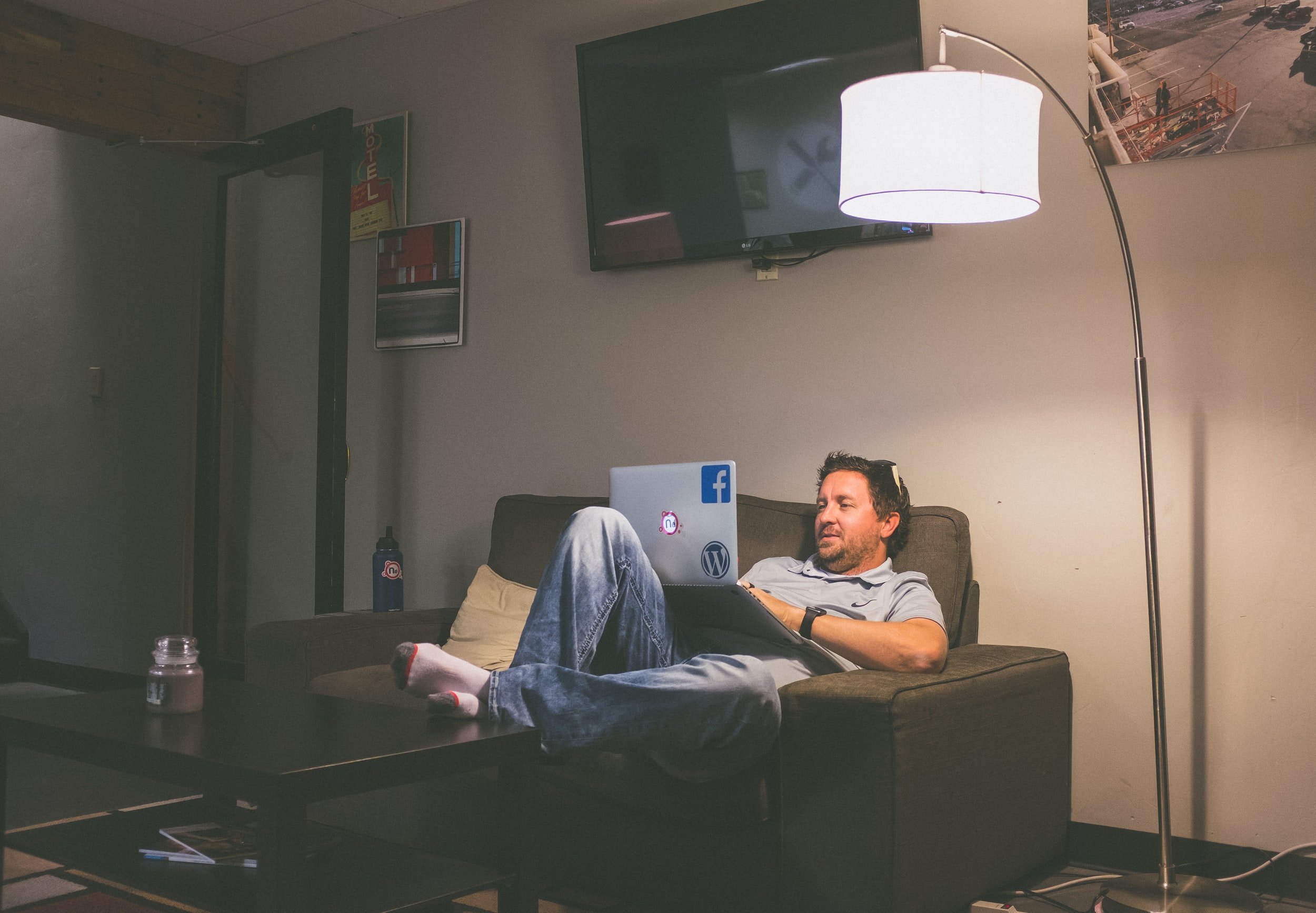Warm, Cold, Kelvin, Lumen - This is how you choose the best lights for your home
The right lighting makes your living room cosy, improves your productivity and can make a functional hall attractive. What's more, new LED bulbs save a lot of energy. But how do you make sure that every room is beautifully lit? With the right light colour and strength?
The feeling of a room is mostly down to lighting. Soft ambient light makes a room feel cosy and relaxed, while lighting that mimics daylight makes us active and productive. Think of the fluorescent lighting in an office.
Basically, there are four types of lighting that a room can combine:
Basic light,
Indirect ambient light,
Work light,
Accent light.
How to light up a living room
For example, how would you go about designing the light plan for a living room with a kitchen. In general, we start with the accent lighting and work lighting and then build up to indirect ambient lighting and the basic lighting.
First, sketch out the room and mark the places that you use a lot: your favourite reading chair, the dining table, the worktop in the kitchen, the play area for the youngest, and so on. Good light is essential there, so you can consider a beautiful floor lamp, an eye-catching wall torch, the classic table lamp or a simple spotlight in the ceiling.
Also consider the elements that you want to highlight such as an antique bookcase or a painting. There are special lamps for this, but a well-placed floor lamp is also great for livening up a painting.
Finally, look at the ceiling lighting. Everything is possible, from simple and professional to artistic eye-catchers. A stately chandelier or a modern designer lamp can become the centerpiece of your room, but if you prefer to keep the attention on the furniture, simple spotlights or unobtrusive ceiling lights are also a great solution.
What are lumens and how many do I need?
The number of lumens indicates how much light a lamp disperses. For example, a car headlight is roughly 1,500 lumens strong. The torch of a smartphone is 20 lumens.
In the table below we give a recommendation for the number of lumens per room. But every room is unique. So think carefully about the size of the room and the effect you want to create. We are happy to give you good advice.
Kitchen: 1,000 - 3,000 lumens
Dining table: 1,000 - 1,500 lumens
Living room: 500 - 1,500 lumens
Bathroom: 1,000 - 3,000 lumens
Bedroom: 500 - 1,500 lumens
Colour temperature and light colour
Even if you choose white light, not every shade is the same. The light temperature is measured in Kelvin. Simply put, this indicates how warm or cold the light is. You can best imagine what that looks like by comparing a fireplace with the light in an office. The former is warm, the latter cold.
The higher the number of Kelvin, the cooler the light. But how many Kelvin do you need?
Daylight is around 6,500 Kelvin. This light is ideal in environments where natural conditions are important. Think of a clothing shop, the office of a designer or the paint section of Grottendieck Bezuidenhout.
From 4,500 Kelvin onwards, we speak of cool white light. This light colour stimulates the brain, makes people more active and helps with concentration. It is therefore perfect for a professional environment such as a (home) office or a shop.
Between 3,000 and 4,500 Kelvin light gives a relaxed atmosphere and work is still possible. This is ideal for cooking, receiving guests or having drinks with colleagues.
Less than 3,000 Kelvin gives a very warm atmosphere in which normal work becomes very difficult. This light is used primarily in a cosy living room, at the dining table or in the bedroom.
Before choosing the colour of the light, you should first think about the function of the room. In the kitchen you'll want 3,000 to 4,500 Kelvin, in the office around 5,000 and in the reading corner perhaps 2,500.
So how to pick the right light for a home office?
As we work more and more from home, spaces become multifunctional. The kitchen table could easily become an office space twice a week.
The simple solution is a dimmable lamp with warm light above the table and a desk lamp with cooler light to illuminate the workspace.
But DimTone lamps from Phillips are a great solution here. The further these lamps are dimmed, the warmer the light becomes. So if you are working, turn the lamp on completely and you have a cool office light that stimulates your concentration. Then, when you dim the lamp, the light becomes warmer and warmer until you have a cosy atmospheric lighting for dinner.
The best lighting in 5 steps
So, in summary, to choose the right light for your home you go through 5 simple steps:
Draw out the room and mark the areas that need special lighting,
Supplement this lighting plan with ceiling lights where necessary,
Determine the number of lumens you need for each situation,
Do you want warm or cold light? Choose the number of kelvins,
Drop by Grottendieck Bezuidenhout and we will help you find the best lamps.








